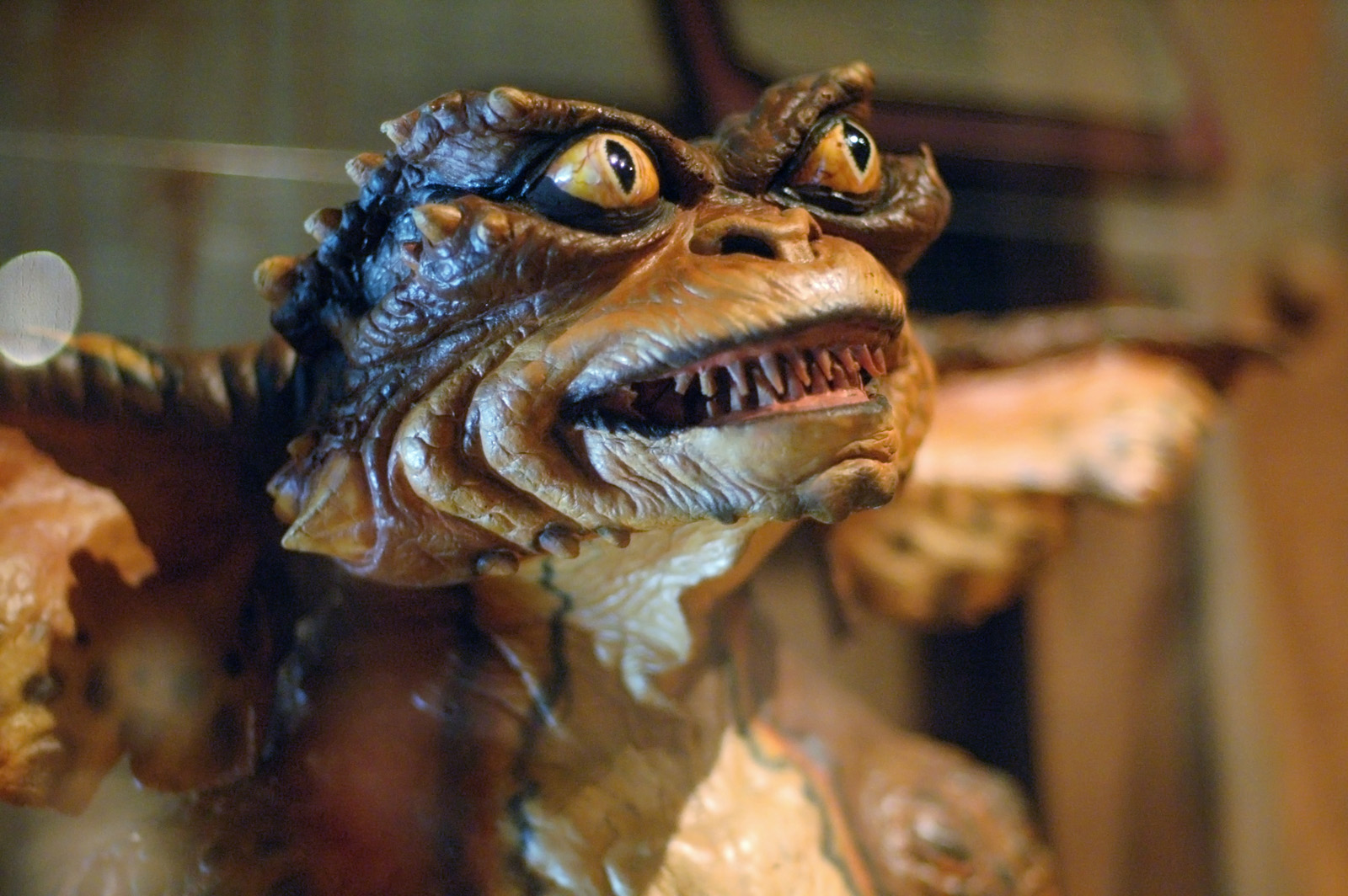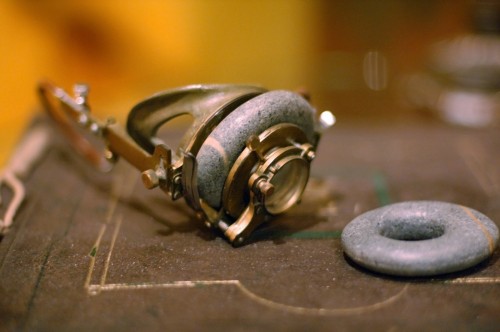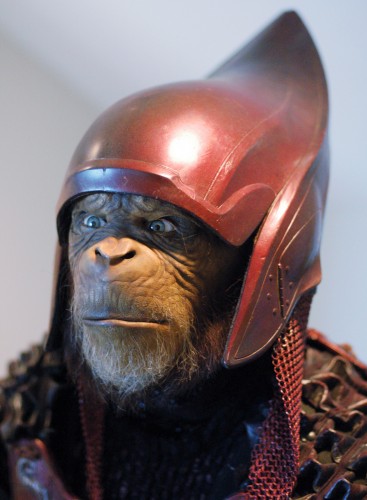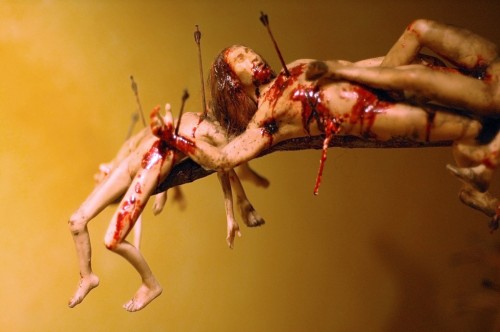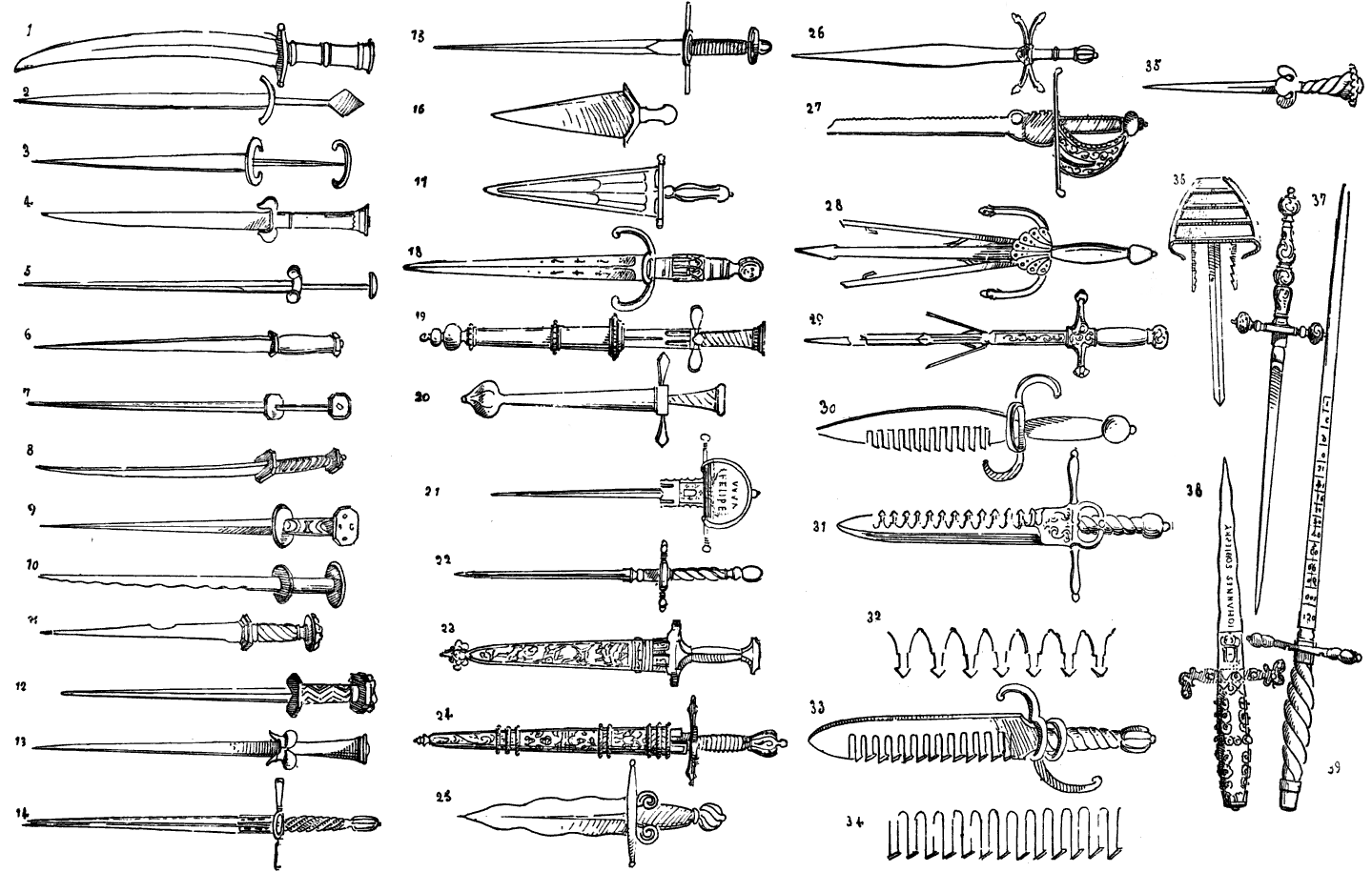I came across this website called Gremlins in the Garage. It’s an older site; most of the articles are from the late 1990s. It deals with “kits”, which are sculpted busts or figures from mainly horror and sci-fi films that collectors buy and paint. It has some interesting interviews with movie monster makers though, and some how-to articles, like this one on getting started with sculpting.
Speaking of interviews with movie monster makers, here is an interview with makeup effects designer Mike Elizalde when he was working on Hellboy 2.
In “Bringing Xiphactinus Back to Life” we see a prehistoric fish being sculpted, cast and painted by museum exhibit designers (or, as I call them, “science prop makers”). The video is a bit over 6 minutes, but well worth a watch.
As if e-cigarettes aren’t already getting a bad rap, news came out yesterday that one exploded in a smoker’s mouth. Details remain scant at this point, though the article suggests this particular e-cigarette was specially modified by the smoker. I’ve never heard of any exploding before, and industry statistics say 2.5 million Americans use them on a regular basis. Cell phones explode more often.
If you saw the film, The Help, you know how important the food was to the characters, setting and plot: everything from fried chicken to an, ahem, chocolate pie. Variety has a brief article about Chris Ubick, the film’s “food stylist”.

